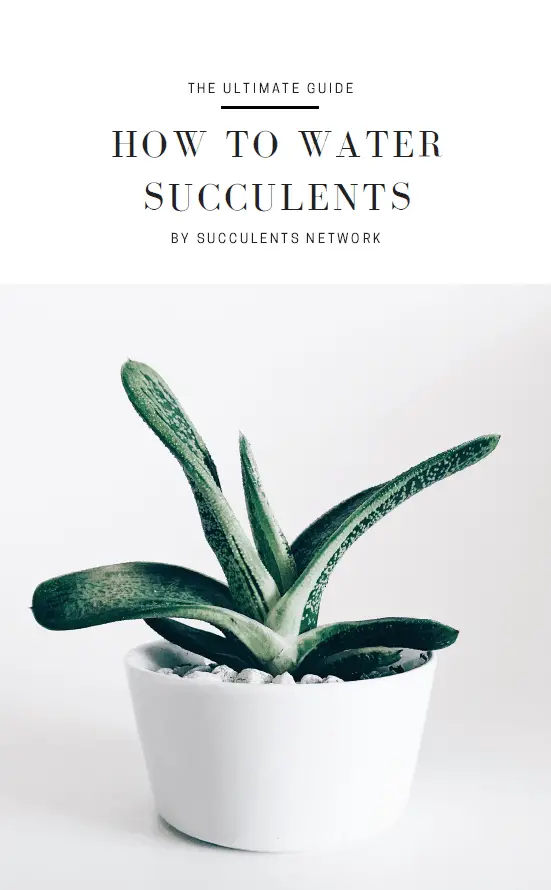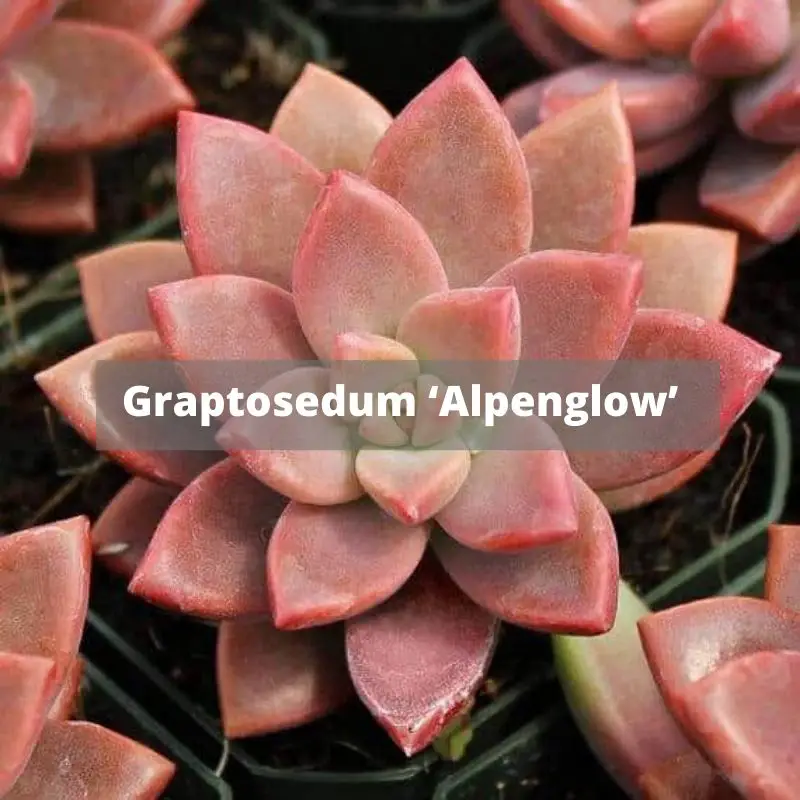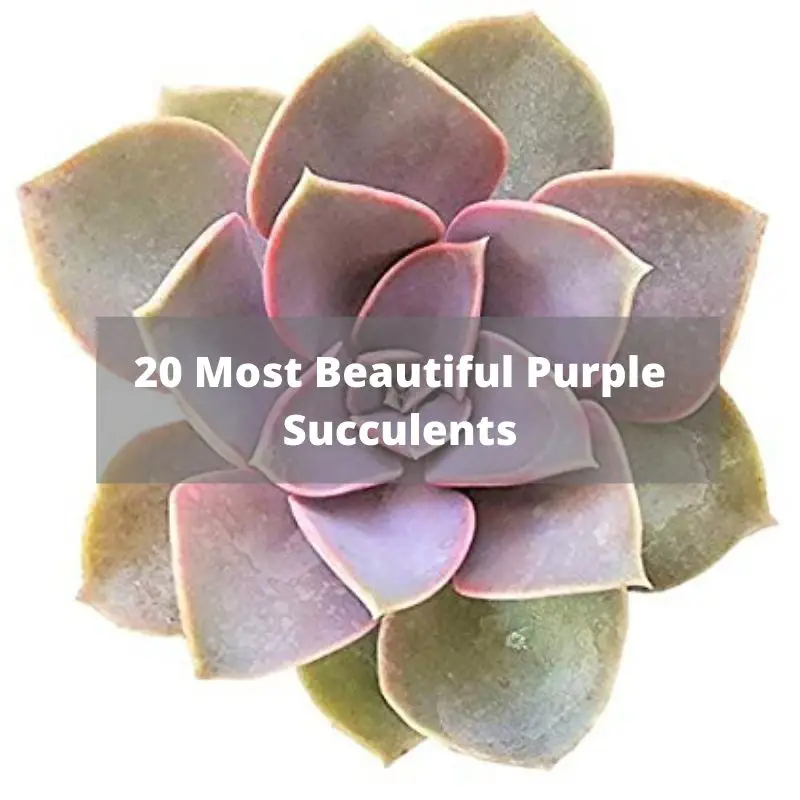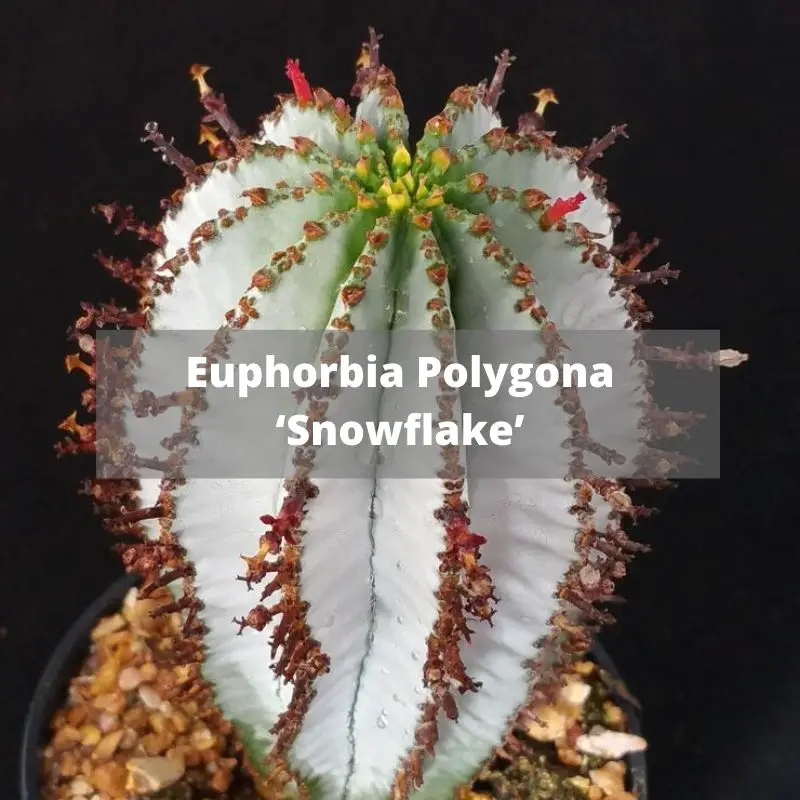The Portulacaria afra care guide is the semi-evergreen, soft-wooded upright small tree or shrub that generally has a height of between 2.5 and 4.5 meters. It is also called a dwarf jade plant. It has the same appearance as the unrelated jade plant. It is a beautiful plant in which caring is very easy. The stem of Portulacaria afra is green for the young plants and becomes soft reddish-brown with the aging of the plant. It has short internodes, and the leaves are much smaller than the crassula varieties.
Nevertheless, this species is normally known by its common name of the jade. For you to get the best bonsai shape, you can prune it many times. In the summer, it’s not common to prune, for you can do it once in a week to just maintain its shape. It has dark green leaves which are round and small, opposite, and thick due to high moisture retention.
Typically, the small flowers can vary from purple to pale pink and bloom only in winter when this plant notices changes in the level of the sunlight. The succulent properties are to retain water for a long period.
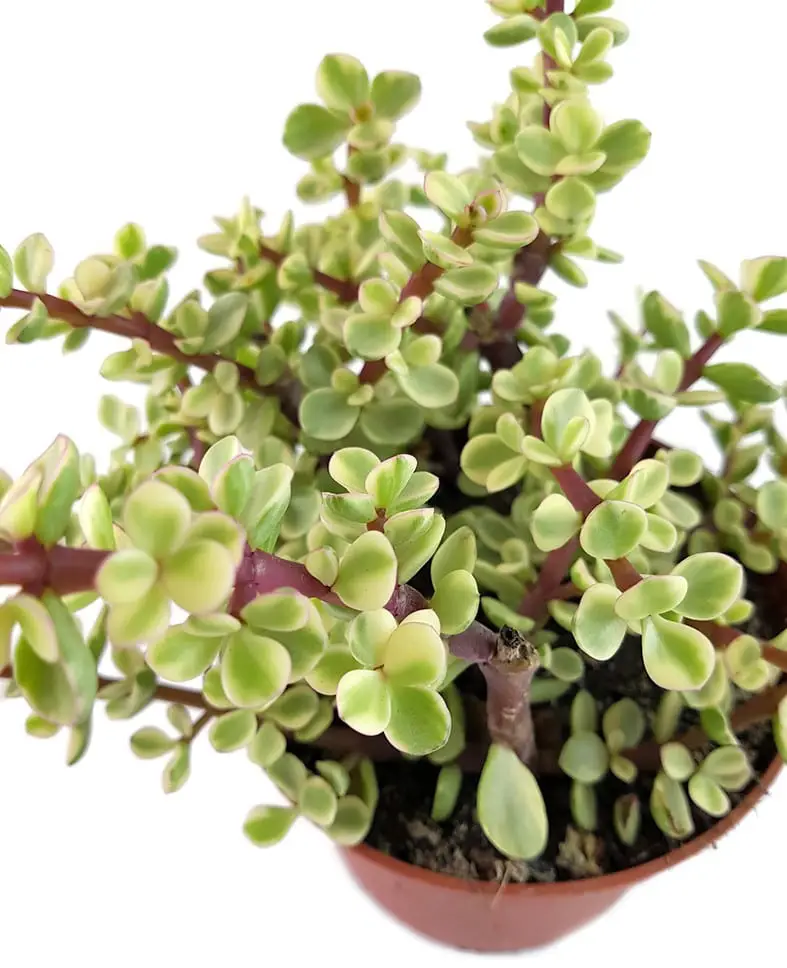
Picture via fangblatt
When you talk about portulacaria afra care, the house is an excellent place to grow Portulacaria afra because there is a controlled climate. Caring for this plant requires intense light and warm temperatures. After the dominant of the winter period, the bush forms small pink flowers which are grouped together at the end of every branch. At first glance, Portulacaria afra can be difficult to distinguish this plant as the good look of the bonsai subject.
The water storage plants like this plant use it fleshy branches and leave like reservoirs. It can survive in quite small quantities of soil and, most of the time, dry areas. If you want to grow it outdoors in the rain, you need to move the small jade leaves under the house’s eaves and water it by hand if necessary. It doesn’t require daily rain, particularly if it is potted.
Watering sometimes is the most difficult part when you want to grow Portulacaria afra. For those people who normally forget to water, it can require those people. Sometimes the years can pass without pruning the roots. Light trimming of the roots is effective, but drastically pruning the roots is not harmful if necessary.
What Light Is Best For Portulacaria Afra
Choose the place with the indirect sunlight when you want to grow portulacaria afra indoors. Excessively exposure of the daylight can sometimes char the leaves, and this can cause them to fall.
What Succulent Soil Is Best For Portulacaria Afra
Use the mixture of the garden soil with some sand, a portulacaria afra, and succulents normally prefer good drainage. Typically, you can mix some organic fertilizer, though it is not such important. Try to seal and water the soil around the fully planted plant to enhance the rooting process in the new soil. Planting this plant in the sandy soils with a pH of about 5.6 to 6.5 is ideal, as it is best to weaken acidic soils.
Leaf wastage can also happen if the soil lacks proper qualities or drainage or nutrients. You can use potting soil specially formulated for succulents, or you can make for your own. Proper water drainage should be the priority for all succulent soils. If you use the normal potting soil, you need to add perlite, which can assist with aeration and drainage. Use the balanced fertilizer at most twice in summer.
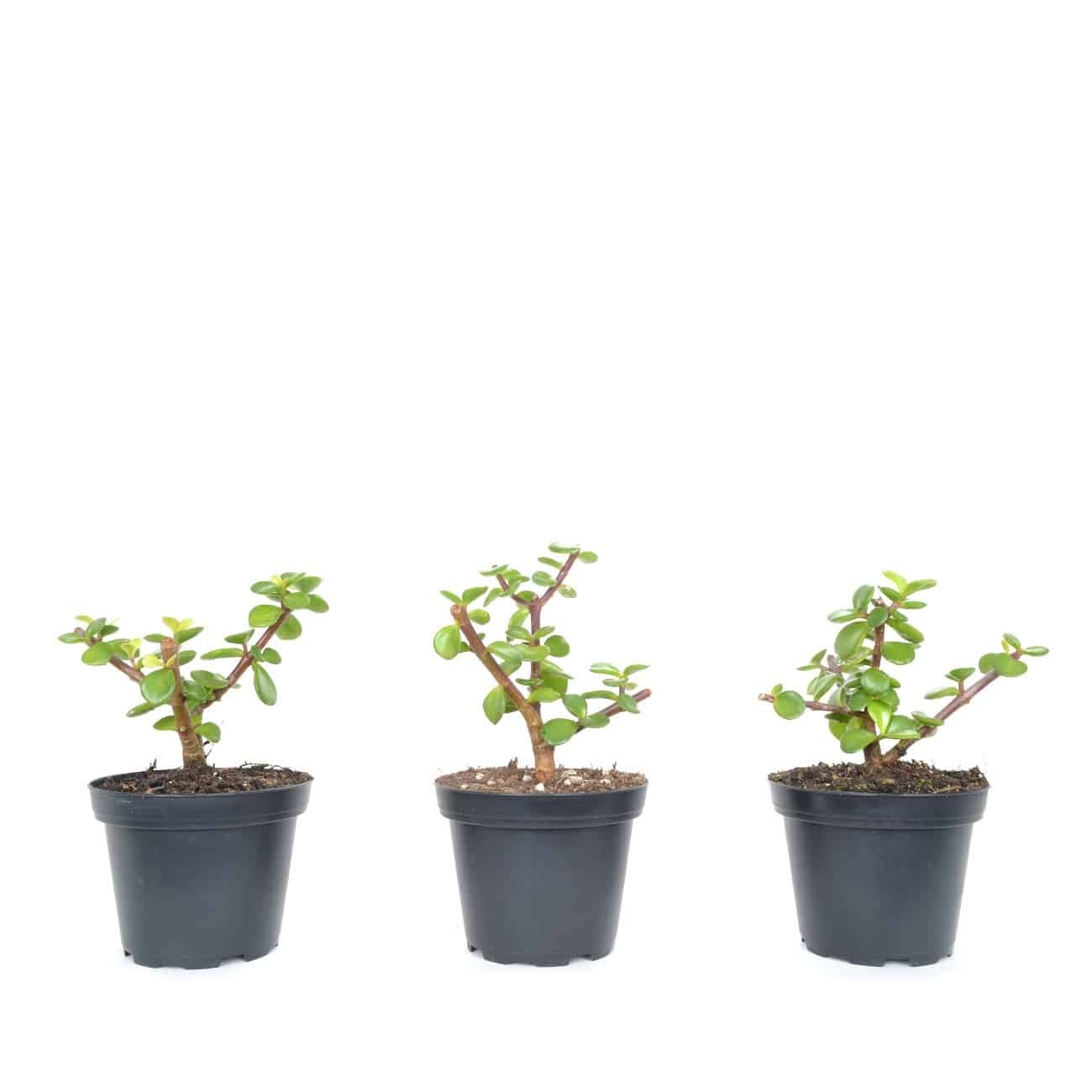
Picture via bonsaischule
Temperature And Humidity
During the winter season, portulacaria afra care recommends that the heat should be 50 and 61 degrees F, but can also be good if it is around 61-71°F degrees. The freezing temperatures can destroy this plant. It will be best if it is indoors all year round, but it will be good if it is outdoors in the summer period. If you move it from the warmer area to the cooler area to or vice versa, portulacaria afra can react similar way and start to drop off the leaves. Harsh changes in humidity can also have similar results. Avoid placing the plant close to heat or ventilation of the air conditioning to prevent it from drying out. The humidifier can be used in the winter period to maintain the humidity levels.
How To Water Portulacaria Afra
When you discover there is dryness of the soil, that is the time you need to water. If the plant becomes too fleshy and begins to lean over, you need to water it less. Overwatering becomes the main cause of its failure, as it robs oxygen and invites the fungal rot diseases. Typically, the leaves of overwatered plant discolor and swell. The leaf fall can happen in a severe case.
To save the portulacaria afra that is overwatered, report it once you have removed the rotten roots. The leaf fall can happen even if the plant is underwater. Lack of sufficient water dries the leaves and sometimes causes them to fall. This plant needs to be watered most of the time in the summer period and less in the winter period. In winter, you need to give enough water that will prevent the leaves from wilting.
How To Fertilize Portulacaria Afra
You need to execute the low-nitrogen fertilizer every 6 to 8 weeks between early fall and spring. Use the balanced formula (for example, 20-20-20), a full-strength fertilizer, every week during the growing period and monthly during the slow period. If you do not have time or maybe you have forgotten, use the scheduled release fertilizer.
How To Propagate Portulacaria Afra
The proliferation is done by cuttings. Make the 10 to 15 cm cut with a clean, sterile razor blade. Then you can evacuate the leaves, which are at the base, leaving the section of the stem uncovered being 2 to 4 cm. Dip 2 inches from the base of the portulacaria afra care in the rooting compound. Let it heal in the well-ventilated area and then form the callous for some days to one week. Plant portulacaria afra in four parts of perlite or sand with part of the soil for the pots. The container must be a 10 cm pot, and the ground must be firm to level the surface.
Are your succulents dying? Do you need urgent help to keep them alive? Don’t worry! This ebook will solve the problems. I shared all my secrets related to how to water succulents with you.
Common Pests And Diseases For Portulacaria Afra
When you talk about scale, it can be destructive for the Portulacaria afra. Carefully remove the pests using a knife or paint using alcohol to kill them. Various pests can appear, like mealy bugs. If the insects are visible, you can rinse the jade using the spray or garden hose with the mixture of neem oil or of detergent. Rinse using plain water. If the insecticide is needed, choose the non-petroleum-based, as the oil will cause the jade to drain.



